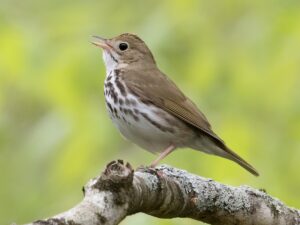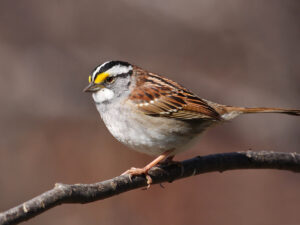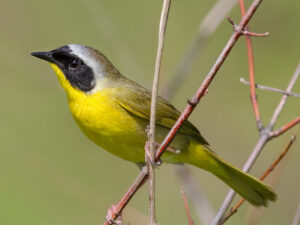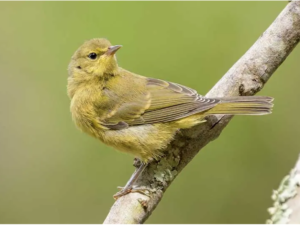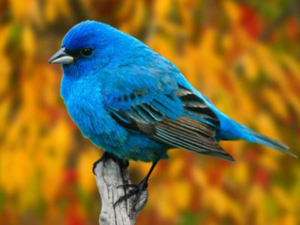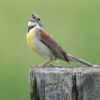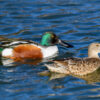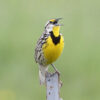The BirdSafeSTL project seeks to understand the dangers birds face in downtown St. Louis and to make the community connections necessary that result in actions that protect birds as they migrate through our area. During the 2022 spring migration, volunteers worked in teams three mornings per week in April and May to survey an area of downtown St. Louis for dead or injured birds. The survey focused on twenty-six buildings, although data on any dead or injured bird encountered in that area during the survey period are recorded. The graph below illustrates the numbers of dead or injured birds found throughout the survey period.
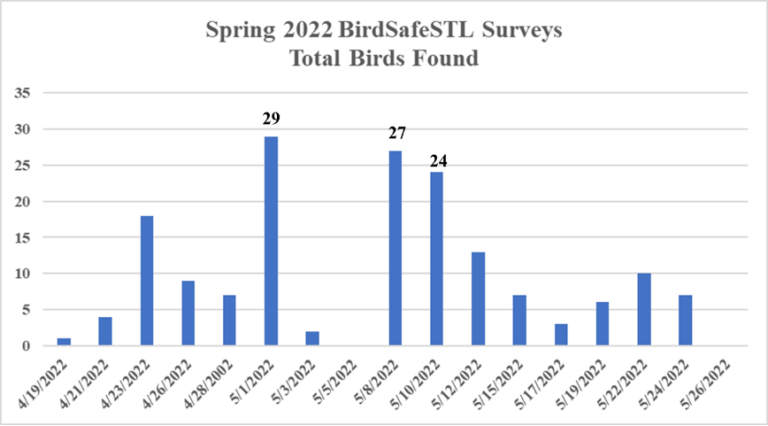
Total dead or injured birds for the survey period was 167. Survey days showing a higher number of dead or injured birds were often proceeded by nights with high migration intensities as forecasted by BirdCast. The total number of birds found is likely a significant undercount since the surveys were not daily checks, cleaning by maintenance crews in the survey areas before volunteers arrived, areas of buildings not accessible to survey volunteers, and the data does not reflect stunned birds that flew away.
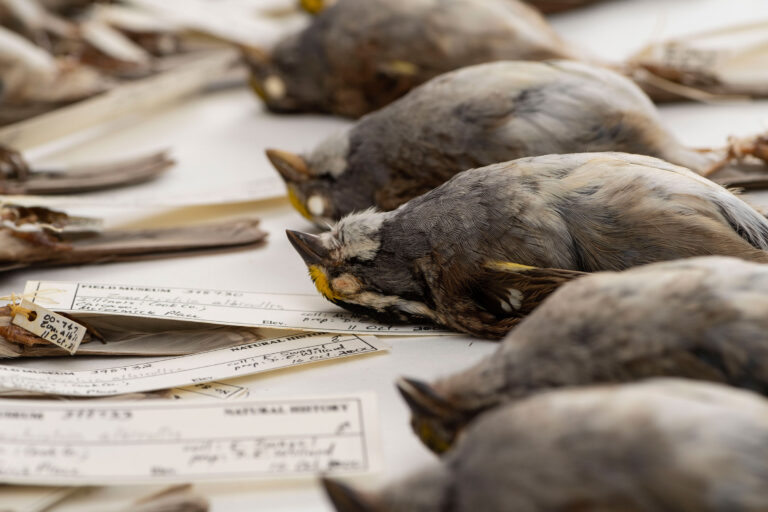
Survey volunteers use iNaturalist to collect data during the surveys. This allows the use of cell phones to efficiently gather the needed information. The top five species found across all BirdSafeSTL survey periods (fall 2020 through spring 2022), are shown here and include Ovenbirds, White-throated sparrows, Common Yellowthroats, Tennessee Warblers, and Indigo Buntings. Scientists have shown that species (like Ovenbirds) that vocalize at night while migrating are more likely to collide with buildings than silent migrators. Further research is needed to clarify exactly why these “super collider” species are more susceptible to building collisions.
Top 5 Species Found
